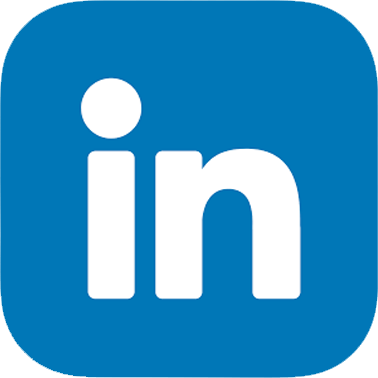In the two years since COVID-19 entered the world’s consciousness, the adoption of patient-facing technologies has advanced significantly. Pandemic restrictions created the need to extend care beyond the doctors’ office and technology provided the answer. Telemedicine, patient portals, remote patient monitoring, and digital assessment became viable options for providers to continue care for patients with chronic diseases, even when seeing a patient in person was not possible.
Bridging the Technology Gap
For patients dealing with chronic disease, technology can be a powerful tool for them to use in the management of their conditions. However, convincing patients to use available technology can sometimes be difficult. Although many patients are heavy technology users, some shy away from using technology due to lack of comfort, not understanding how the device works or fear of breaking it. But willingness to adopt is growing. In one large survey, 65% of patients preferred telehealth because of the convenience compared to in-office visits, and 78% of clinicians surveyed agreed that the pandemic resulted in helpful changes like the adoption of virtual care and telehealth.
Regarding hesitancy in older patients, an article in Today’s Geriatric Medicine reports that “…95% of older adults would use medical technology if their physicians recommended it, and 91% would use it if it lowered their insurance costs.”
Helping patients understand the benefits of technology and how it can help them manage their conditions is particularly important to their well-being. Discuss with them the many options available to become more comfortable with technology. SeniorPlanet.org, a website from AARP, offers free online classes and lectures about technology designed specifically for older adults. In addition, encourage patients to ask at their local senior center or public library if they offer free or low-cost computer classes.
If your patient is a little apprehensive about technology, the following are some of the specific applications your patients may be encountering and points to share when discussing these tools with them.
Telemedicine
Telemedicine is a convenient way to stay in touch with your medical provider without having to travel to the office. Once used only in sparsely populated rural areas or with limited providers, telemedicine is now more widely available. During the pandemic, both CMS and commercial insurance plans expanded coverage for telemedicine. Opting for a telemedicine visit can save patients time and travel expenses. Plus, when appropriate, telemedicine visits can sometimes give patients an opportunity to speak with a provider sooner than waiting for an in-person appointment.
Patient Portals
Patient portals allow patients to see a list of prior and upcoming visits, read notes on past visits, review prescriptions, send messages to providers, and more, all from their computer or smartphone. Instead of having to worry about remembering everything that was discussed in their last in-person or telemedicine visit, patients can rely on their portal to remind them of the major points discussed during the visit. It is well documented that patients forget upwards of 50 percent of what is told to them. This is especially true for older adults in which memory for specific events or facts is subject to age-related loss. Reviewing a copy of the visit notes in the patient portal can be a highly effective way of reinforcing strategies and goals.
In addition, when patients have a non-urgent question, they can send their provider an email through the portal. Emails alleviate the anxiety of having to wait for their next visit to get their questions answered.
Remote Monitoring
Many health organizations are using digital devices to check patients’ vitals long-distance. These devices send continuous or periodic uploads of patient data into the Cloud, where health care providers can access the information from any remote location. Remote gathering of information as well as monitoring of critical medical data such as blood pressure, blood glucose, and weight can quickly identify an issue before it becomes more serious.
Digital Assessments and Questionnaires
To save time at the doctors’ office and to allow the appointment to focus on key issues, health assessments can be digitally completed in advance. Patients are sometimes asked to complete these via the provider’s online portal. Other times, these health assessments are securely sent to the patient via email or text.
In addition to the traditional health status and health history questionnaire, providers can gain insight into the emotional, psychological, or behavioral issues or challenges patients may be experiencing using digital assessment tools. Silver Fern’s Behavior Diagnostic modules, proven through 30+ years of research and clinical trials, enable providers to achieve a more comprehensive picture of their patient’s well-being even when a face-to-face visit isn’t possible.
The modules are designed to complement existing medical diagnostic and support tools by collecting essential information about critical topics for chronic disease management and prevention. Providers can track patients’ completion of assessments as well as receive real-time notification of urgent problems that need immediate attention. These reports can be integrated into the EHR or kept separate depending on the provider’s choice. By uncovering essential information in advance of the visit, providers and patients are able to spend more time discussing care plans and solutions.
Conclusion
Technology gives providers and patients more options to give and receive care. Patients can connect with their care team without leaving home and providers can manage care untethered by the traditional in-person office visit. Not only does technology offer the opportunity to
improve access to healthcare, but it has the potential to significantly improve quality of life for patients living with chronic conditions. Helping patients understand the benefits of these tools and empowering them to take control of their health can go a long way in motivating them to embrace innovative technologies.





